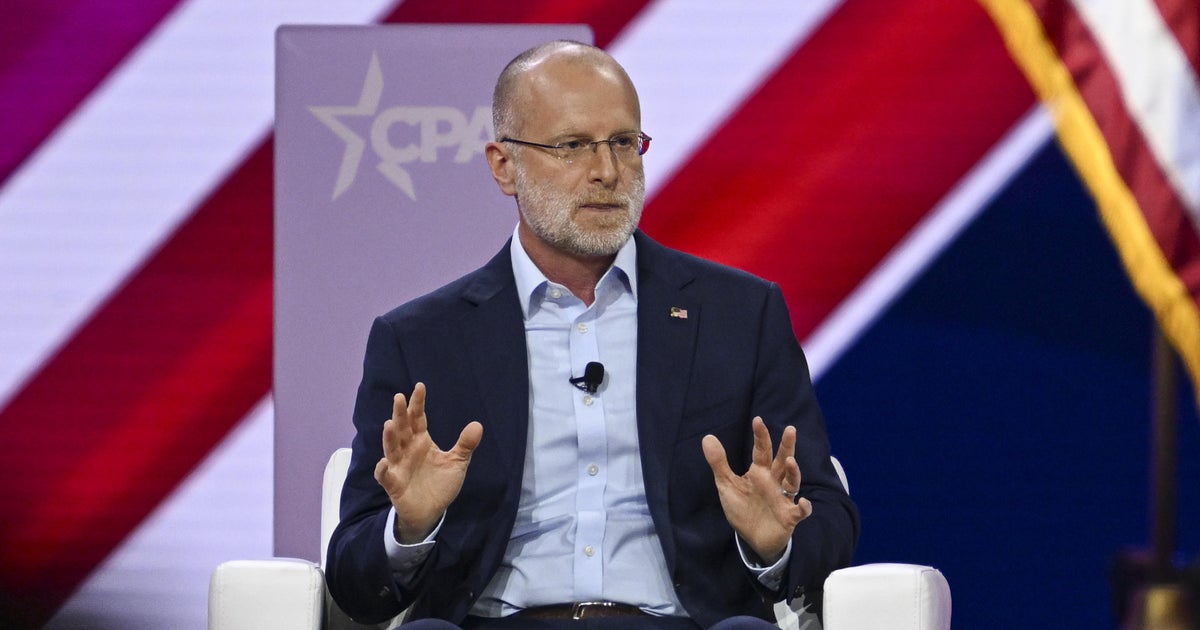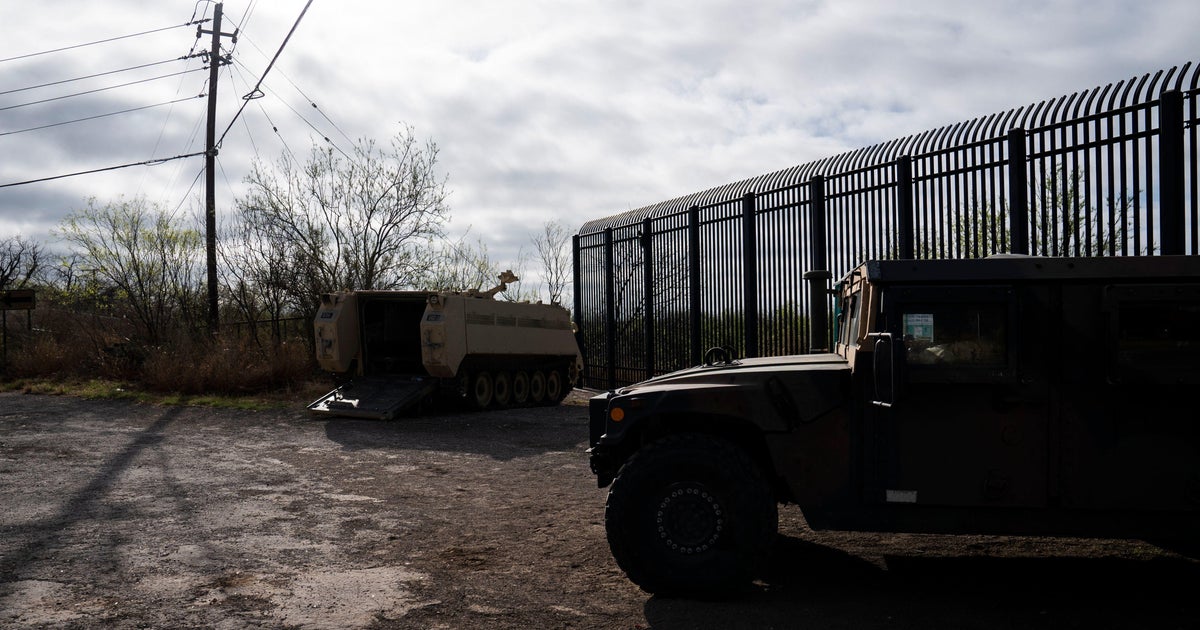Why a polluted California region hopes Trump cuts rules
California's San Joaquin Valley may have some of the country's worst air pollution, but some officials hope the Trump administration can help in their fight against the Clean Air Act.
The country's most productive farming region is engulfed by some of the nation's dirtiest skies, forcing the state's largest air district to spend more than $40 billion in the past quarter-century to enforce hundreds of stringent pollution rules.
The investment has steadily driven down the number of days with unhealthy air — but on hot, windless days, a brown haze still hangs overhead, sending wheezing people with tight chests to emergency rooms and hundreds each year to an early grave.
The valley's air also still violates federal standards for sooty pollution that comes from industry, businesses and vehicles.
In California, where Democratic Gov. Jerry Brown is an outspoken leader in the global fight against climate change, the San Joaquin Valley Air Pollution Control District now is waging a very public campaign against enforcement of the landmark U.S. Clean Air Act.
Officials in the relatively conservative region have seized upon the election of Donald Trump, who won the popular vote in half of the district's eight counties in November — a far stronger performance than in most of California.
The district's website prominently displays a report titled "Presidential Transition White Paper" that the director provided to the incoming Trump administration in calling for the elimination of the federal Air Act's "costly bureaucratic red tape."
District Executive Director Seyed Sadredin also reached out to Bakersfield Republican Kevin McCarthy, the GOP's U.S. House majority leader. And he testified in Washington for a bill co-authored by McCarthy that would limit new air standards under the Air Act to once every 10 years, instead of five.
"Regulators in Washington have issued blanket regulations that would unfairly impact the Central Valley's unique air challenges," McCarthy said in a statement.
The San Joaquin Valley, with more than 4 million residents, produces nearly half the nation's fruits, nuts and vegetables, annually generating $47 billion.
Its bad air is the byproduct of booming farms, oil production, two major highways, a web of rail lines — and the valley's bowl-shaped geography. The Sierra Nevada and two other mountain ranges wall in the 250-mile-long (400-kilometer-long) valley.
The pollution is aggravated in winter when residents burn wood in fireplaces. In the blistering summer, an atmospheric lid traps haze, sometimes darkened by mountain forest fires.
This summer, the San Joaquin Valley must report how it will meet a federal standard for fine particulate matter — harmful air pollution from dust, soot, smoke or chemical reactions.
Sadredin says there's no way the district can meet the deadline. He contends the district could be subject to billions of dollars in annual penalties if it fails to comply within three years. At his request, language was inserted into McCarthy's bill that would protect the district from sanctions for vehicle pollution, which he says is beyond his authority to control.
Sadredin said he hopes that with a Republican-dominated Congress and Trump's election, regulators will be more sensitive to his district's plight than during the Obama administration. Already, he said, officials at the Environment Protection Agency, now headed by business-friendly former Oklahoma Attorney General Scott Pruitt, have shown a "greater willingness to be cooperative."
EPA officials said they have never exacted strict penalties on a district and that harsh action would kick in only if a district refused to file an air cleanup plan or submitted a grossly insufficient one.
Elizabeth Adams, acting director of the EPA's regional air division, said she'll work with the air district to help meet requirements. "That's the ultimate goal for all our agencies," she said. "It's important for people to breathe clean air."
On the worst days, Natalie Sua keeps her six children inside their Fresno home, especially two sons with asthma. They'd rather be roughhousing on their backyard trampoline, but the risks are too high.
When her 11-year-old, Javier, was a preschooler, she found him lying on the sofa one night, struggling for breath.
Sua rushed the boy to the emergency room, where she says a doctor concluded the bad air and a chest cold triggered an asthma attack that nearly shut down his airway.
"Oh, my gosh. If it would have closed up all the way, I don't even know what would have happened," Sua said.
Roughly 1,200 people each year die prematurely from the valley's polluted air, the California Air Resources Control Board says.
The pollution is strongly linked to increased emergency room visits for asthma, especially in children, according to a 2011 California State University, Fresno study funded by the valley air district.
Since 2002, the district has helped drive down the number of unhealthy days by 80 percent, an Associated Press review found. In Fresno County, 25 unhealthy air warnings were issued last year, and 15 were issued in Bakersfield and other parts of Kern County.
Fresno, with about 500,000 residents, and Bakersfield, with 370,000, were among the three worst cities nationwide in the American Lung Association's annual report on unhealthy air.
Environmentalists accuse the San Joaquin Valley district of giving in to business interests and sounding alarms about looming sanctions, rather than making the air healthier.
"If he's unable to clean up the air for the people in the valley with the tools he has, then he ought to be lobbying for more authority to be more strict," said Brent Newell, legal director for the nonprofit Center on Race, Poverty & the Environment. "He's going the other direction."
While the district resists federal rules, officials in famously hazy Los Angeles are working to meet the standards for particulate matter and don't anticipate penalties, said Sam Atwood, a South Coast Air Quality Management District spokesman.
The valley air district's authority mainly is limited to stationary pollution sources such as oil refineries, power plants and food processors, as well as dispersed sources such as fireplaces, commercial barbecues and road paving.
But Sadredin says he has no direct control over mobile sources such as trucks and trains hauling produce. He has asked the EPA to crack down on them with stricter rules .
Freight trains can be heard passing day and night near Sua's Fresno home, where her two asthmatic sons stay cooped up inside with their four siblings on bad air days.
"I wish I could just get up and relocate, but it's kind of hard," she said. "You just have to deal with it."



